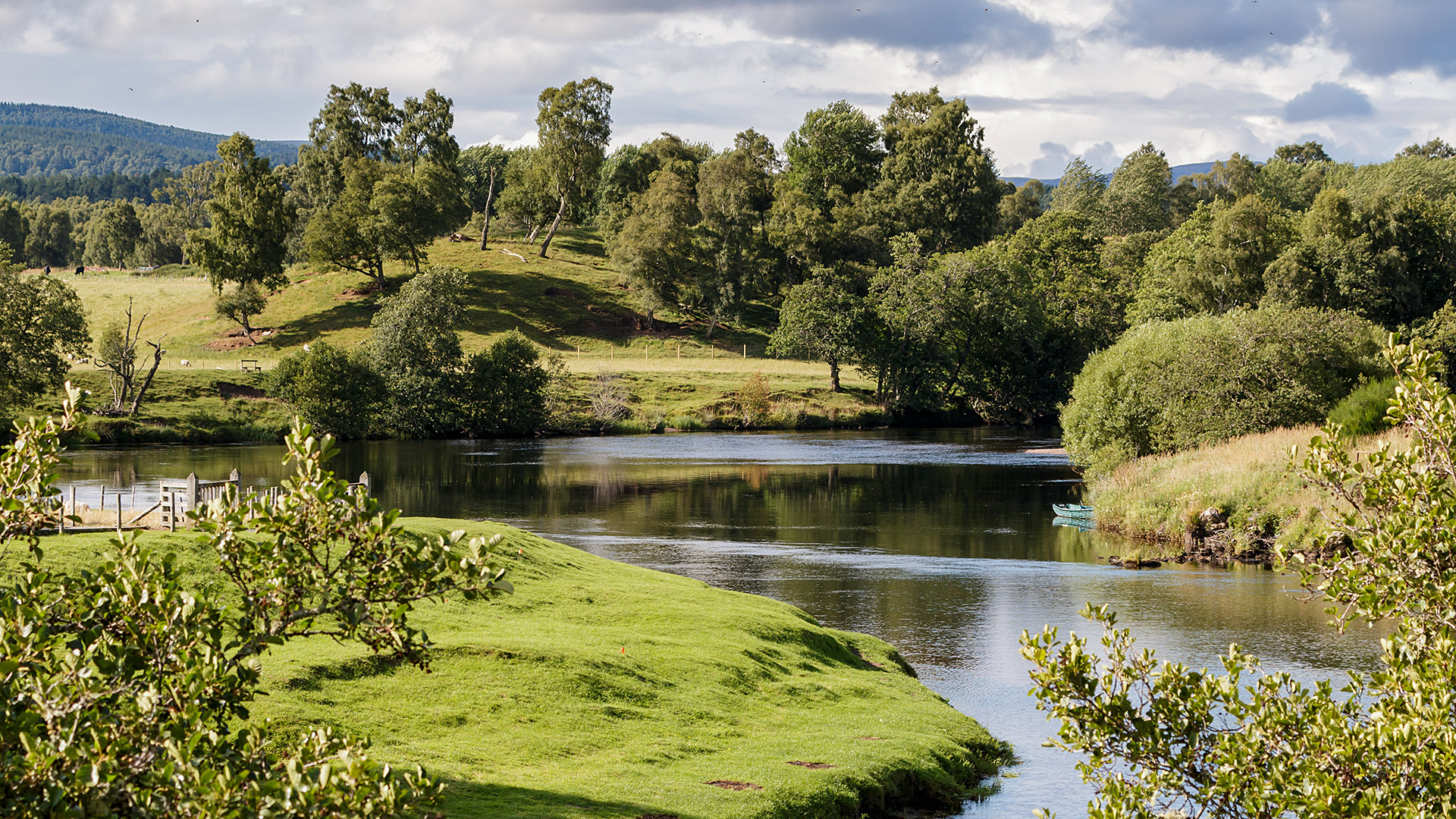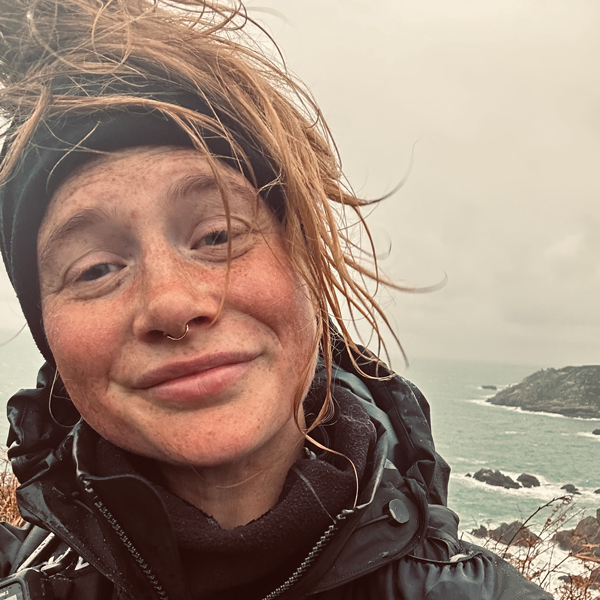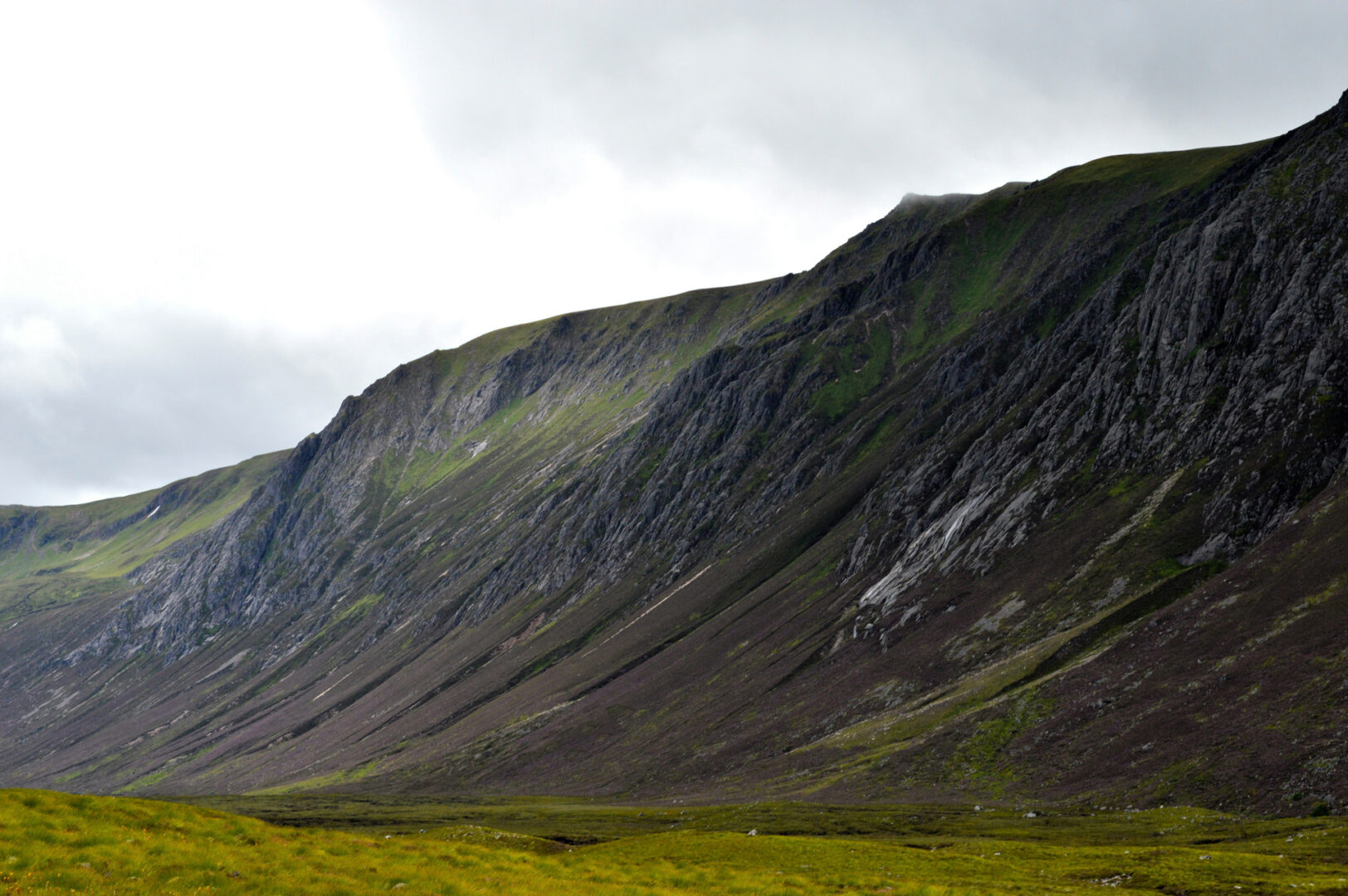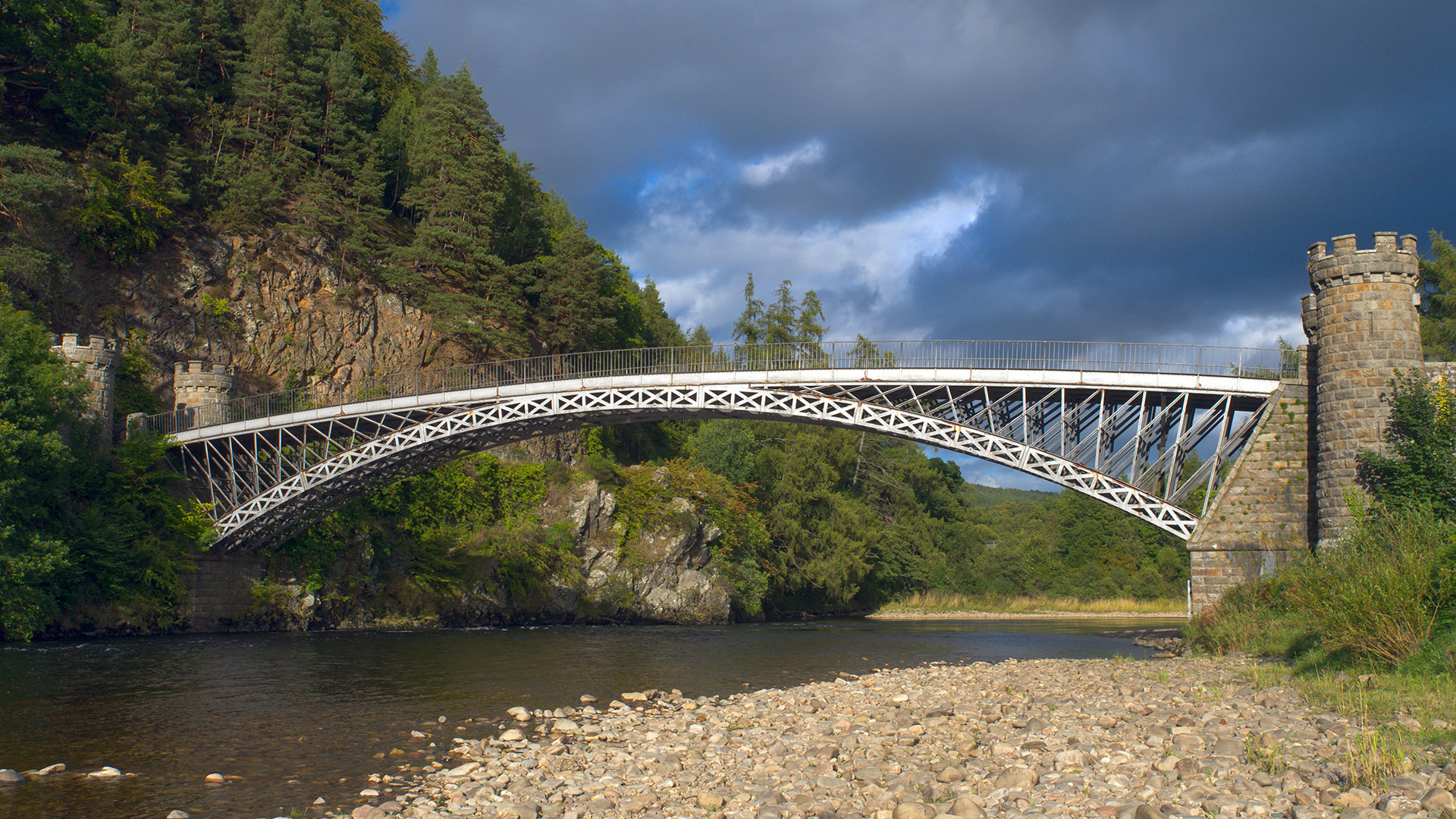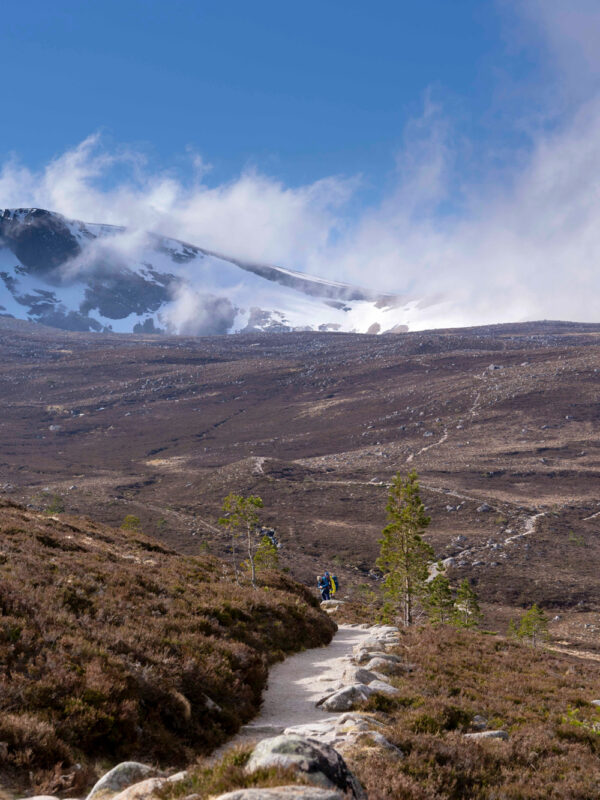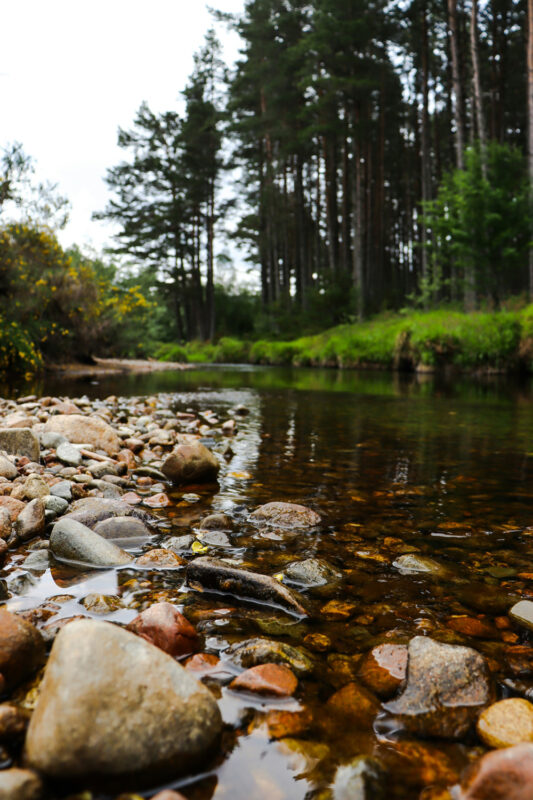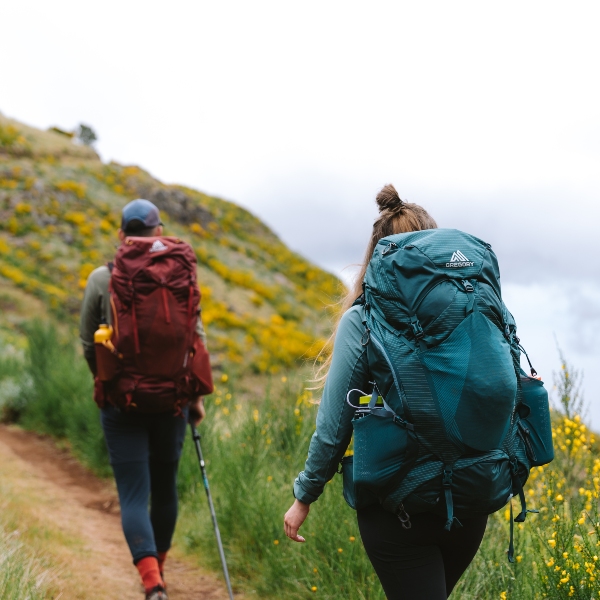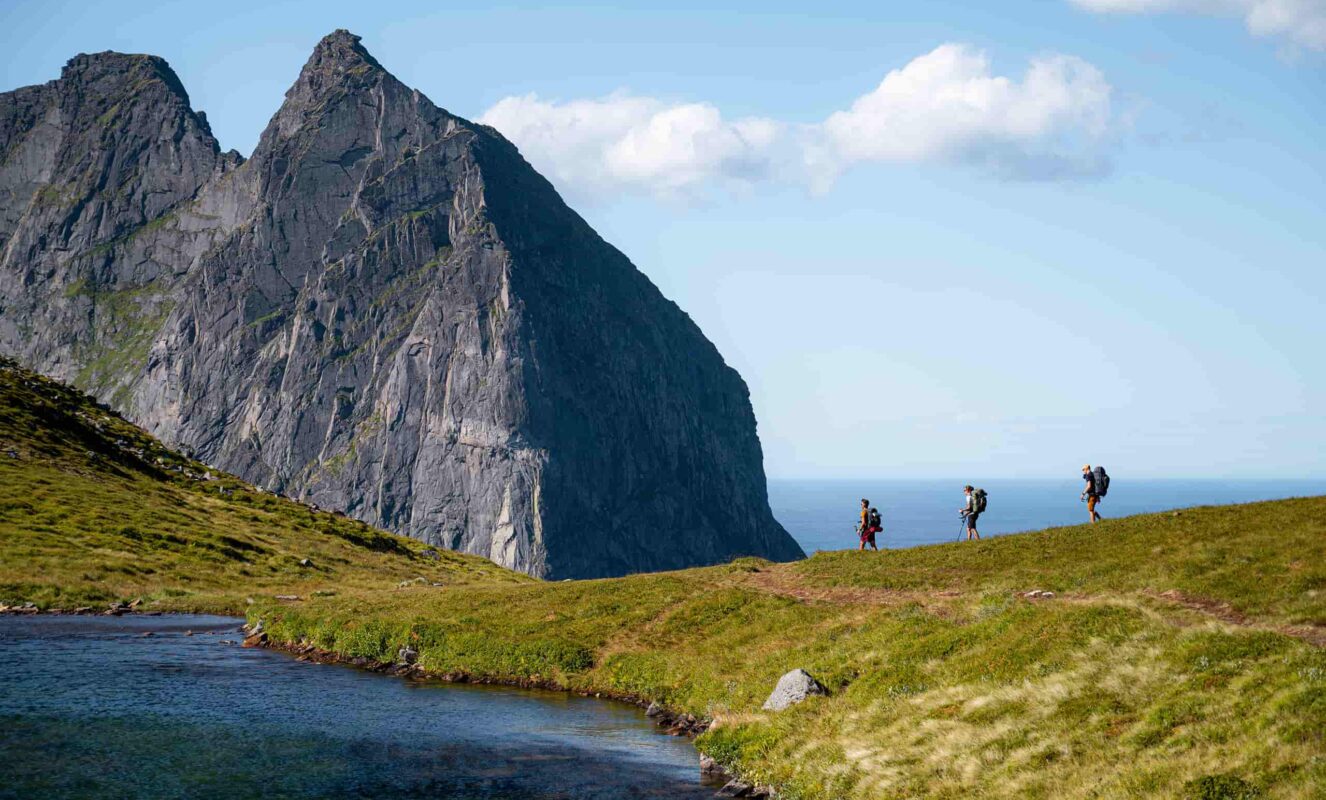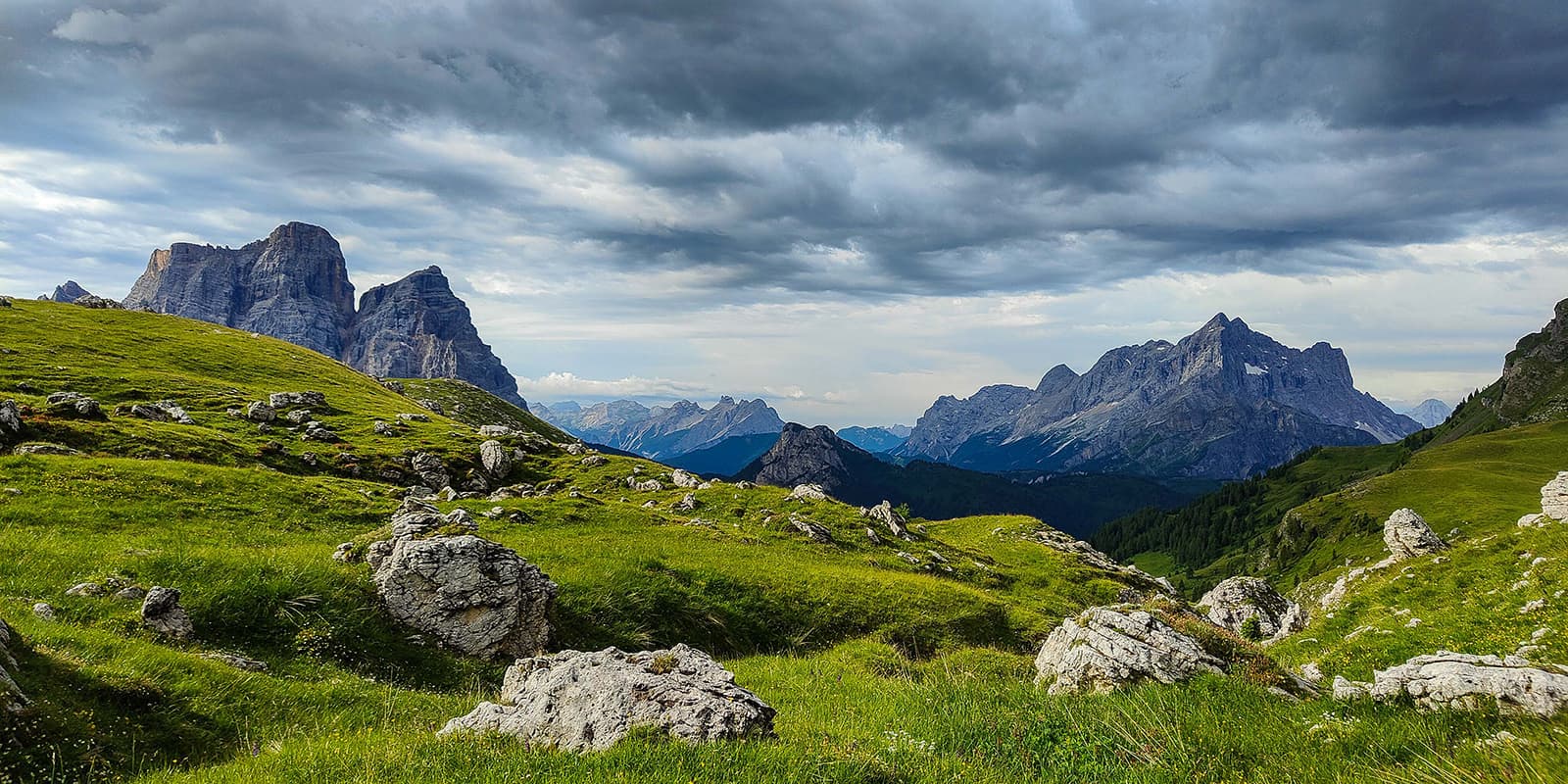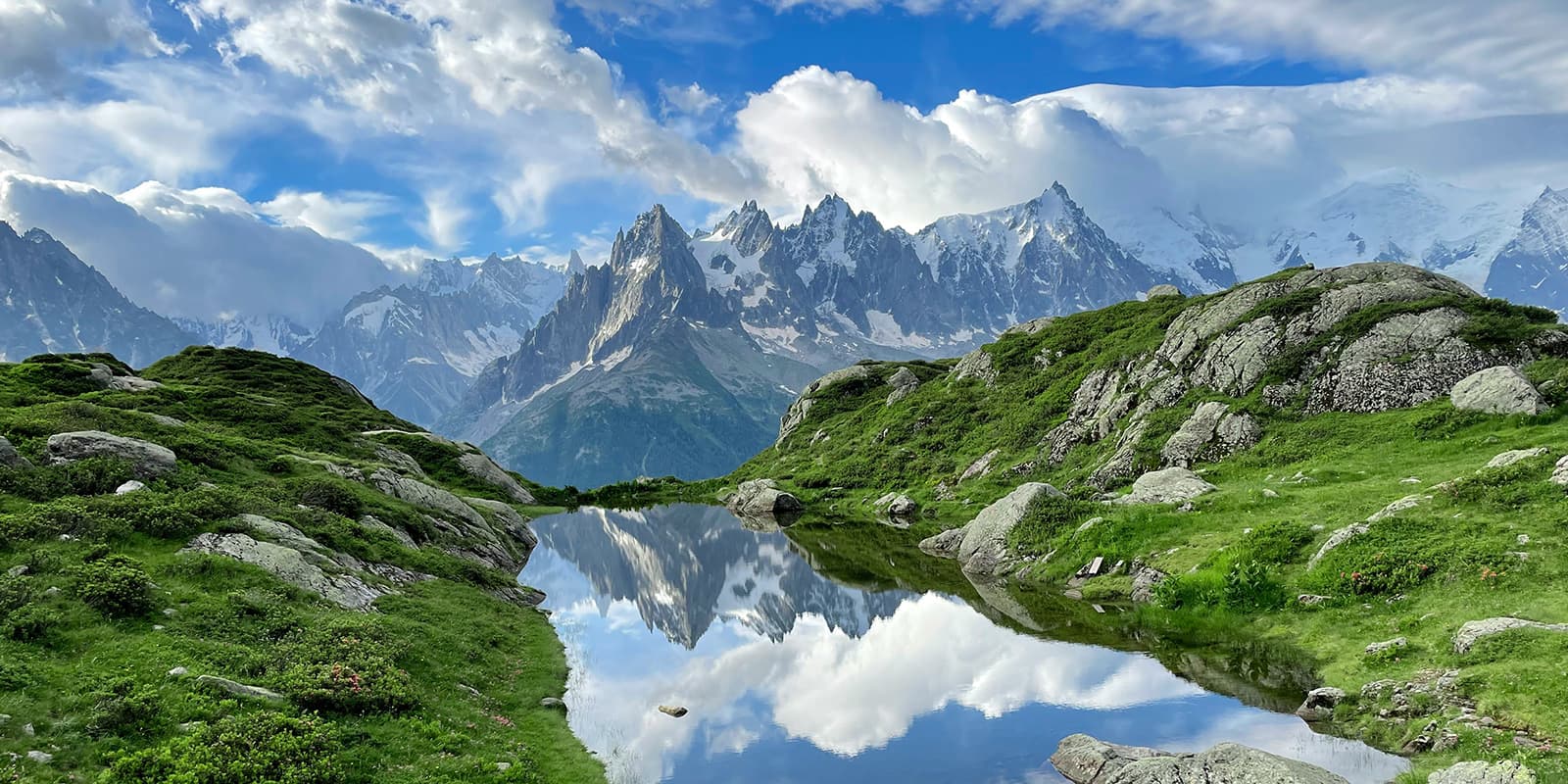Buckie, serving as your starting point, provides a range of accommodations including B&Bs, hotels, and a campsite. The town also boasts ample shops to meet your needs. Along your route, each stop offers overnight stays, with almost all of them providing a campsite. Accommodations vary, with some being quite basic, lacking a shower, or situated on the premises of a hotel. It’s essential to note that certain villages are small, so booking in advance is advisable.
While not all stops feature a shop, and some only have small local stores, there are plenty of restaurants, ensuring that food is never too far away. However, if dining in restaurants isn’t your preference, plan your provisions wisely.
For those interested in guided hikes and baggage transfer services, numerous organizations cater to these needs.
Wild Camping
Wild camping is officially allowed in Scotland! Let me tell you about the “Scottish Outdoor Access Code” (link below).
Lightweight camping is permitted in small numbers and only for 2 or 3 nights at the same place. Do not camp on private property, in enclosed fields of crops, or near farm animals, and stay well away from buildings, roads, and historical structures. Do not disturb deer stalking or grouse shooting. If you’re close to a house, ask the landowner for permission (Scottish people are super friendly) and leave not trace.
There are some special rules for specific National Parks; please check them out on their website. Additionally, they have a useful page about campsites all over the country and a lot of other helpful information!
Scottish Bothies
Hiking in Scotland offers a special treat: their bothies! While we’re all familiar with mountain shelters, often used in emergencies or bad weather, they may not always entice us to spend a night unless absolutely necessary. However, the Scottish bothy takes the experience to a whole new level. Some even come equipped with a flushing toilet or electricity.
These huts are lovingly cared for, not just by the Mountain Bothy Association (www.Mountainbothies.org.uk — yes, you can become a member and support them), but also by locals who enjoy spending a night in the wilderness.
The best part? You don’t pay, but it operates on a system of trust and respect:
• Always leave the bothy better than you found it!
• Everyone is welcome! It’s not “your” bothy.
• No vandalism.
• Take all your rubbish.
• You can leave useful things for the next person but never leave rotting food.
• Bury human waste far away from the bothy and water sources.
• Ensure the doors and windows are properly closed when you leave.
Keep in mind, the act of offering us a free and often charity-run shelter is a kind one. Please treat it with the utmost respect.



